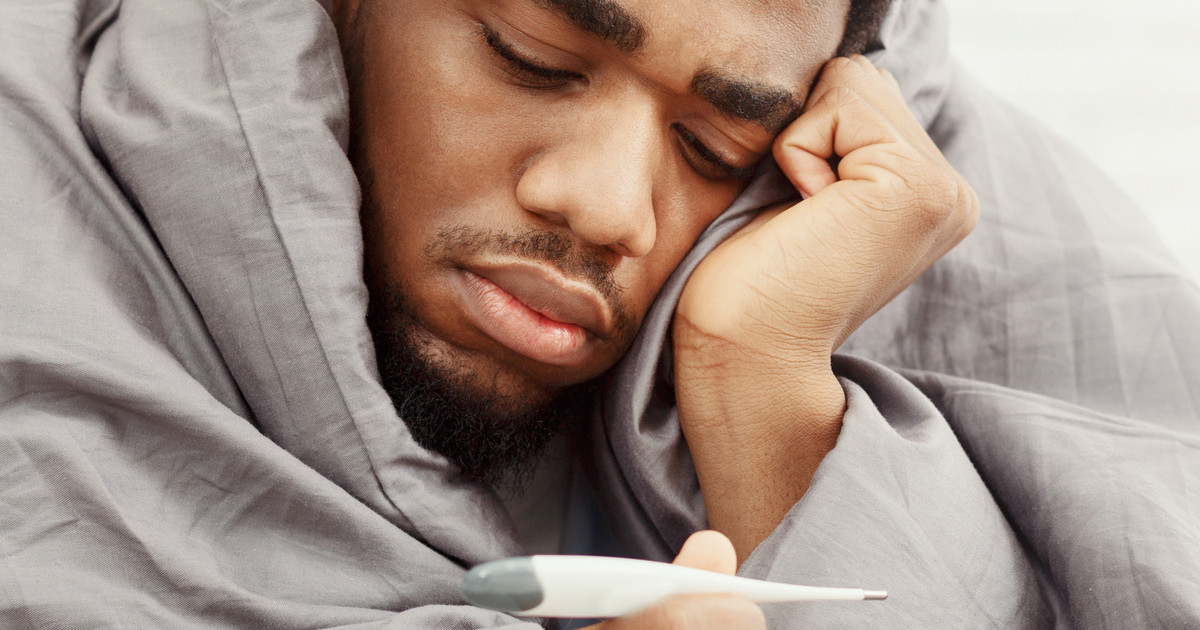Overview Of The Warning Signs Of Gallbladder Problems
The gallbladder, a small pear-shaped organ, is found underneath the liver. The purpose of this organ is to store bile, which is then deposited in the small intestine. This process helps the digestive system to break food apart and absorb nutrients. Unfortunately, many issues can affect the gallbladder.
The good news is that there are many options for treating gallbladder issues. However, the best gallbladder treatment varies depending on the specific issue at hand. For instance, some individuals will need gallbladder medication, such as pain medication for gallstones or other sources of pain. In certain cases, treatment includes recipes for people with no gallbladder. Gallbladder removal surgery precedes this. However, individuals must understand the symptoms of gallbladder issues first.
Upper Right Abdominal Pain

When an individual starts to develop a gallbladder issue, they are likely to experience some level of pain. Though this symptom is the most common, it also does not happen to everyone. It is possible to have certain gallbladder problems without noticing any pain. When an individual develops pain related to their gallbladder, it will most commonly be located in the middle or upper right part of their abdomen. This is where the liver and gallbladder are both located.
Upper right abdominal pain can be a serious cause for concern, even if the cause is not gallbladder-related. It may also be related to an individual's liver. Some patients experience pain in this area with appendicitis. The pain may be intermittent instead of constant, though it may also be mild. Some individuals experience frequent, severe symptoms. If the problem with the organ continues unchecked, the upper right abdominal pain may move into other body parts. It is common for it to spread into the chest and back. Spreading abdominal and chest pain is always a cue to see a doctor right away.
Fever And Chills

Fever and chills may indicate that something is seriously wrong, especially when paired with abdominal pain. These symptoms often happen when there is an infection in the individual's body. An infected gallbladder can lead to dangerous complications if it is not treated. An individual's immune system will fight against the infection, but it will not always be able to vanquish it without antibiotics. If the infection moves into the rest of their body, their organs can be damaged to the point of permanent disability or death.
Fevers occur when the body's internal temperature reaches more than 100.3. They are an immune response regulated by the hypothalamus in response to sickness or infection. Infections may be viral or bacterial in nature. With the gallbladder, it is common for infections to start after a period of cholecystitis, which is the medical term for gallbladder inflammation. When the bile duct is blocked, it leads to an excess of bile in the gallbladder because it is not released into the intestines. This can lead to bacterial infections in the substance.
Nausea And Vomiting

Nausea and vomiting can occur with any gallbladder issue, though they are common in a variety of other conditions as well. When the symptoms occur after eating a fatty or exceptionally large meal, they are more likely to be related to the gallbladder. This can be an indication of infection or inflammation. If individuals do not treat the inflammation, they may experience these symptoms long-term until their gallbladder is removed. They may also develop an infection. If individuals have ongoing digestive issues like gas and acid reflux, it may be a sign of chronic disease.
These symptoms do not indicate inflammation, but instead indicate that the individual's body is systematically losing its ability to digest the material. This is often related to the reduced amount of bile in their intestines. Some patients also experience issues with digestion following gallbladder surgery. There are typically ways to treat this by ensuring that the body can digest food. This may involve a specialized diet, eating at certain times of day, or taking medication to balance symptoms.
Jaundice

Jaundice is best known as a liver issue, but it can also indicate gallbladder problems. Patients may develop a yellow tint to their skin when their bile duct becomes obstructed. Oftentimes, this happens due to gallstones. The bile duct allows bile to flow from the gallbladder into the small intestine so that individuals can digest food. If the duct is partially or fully blocked, bile will build up. Jaundice causes yellowing of the eyes and skin because bilirubin levels become high. This bile has a yellowish-orange tint. Bilirubin forms when the body breaks down red blood cells in the liver.
Jaundice can be caused before and during bilirubin production, but it is typically gallstone-related when it occurs afterward. Individuals may also have an inflamed gallbladder blocking their bile duct without gallstones. Some patients may develop gallbladder cancer. A cancerous mass of cells may obstruct the duct and create the blockage. In adults, jaundice does not always need treatment. However, if individuals develop jaundice suddenly, they must determine the cause to make sure it is not serious.
Persistent Diarrhea

Persistent diarrhea is a major problem for individuals with gallbladder disease. Sometimes patients have chronic gallbladder issues without any symptoms except diarrhea. When an individual has had a minimum of four bowel movements per day for at least three months, it indicates a potential problem with their gallbladder. Patients may also experience ongoing diarrhea after they have their gallbladder removed.
Doctors have only linked chronic diarrhea issues to gallbladder issues recently. Thankfully, the connection has led to some relief for affected individuals. This symptom is often treated by using cholestyramine, a medication that was first made for individuals experiencing diarrhea after gallbladder removal surgery. Approximately ten percent of patients who have had their gallbladder removed will experience ongoing diarrhea. In one study of individuals with chronic diarrhea, everyone who did not have irritable bowel syndrome or other known digestive issues did have gallbladder dysfunction.
